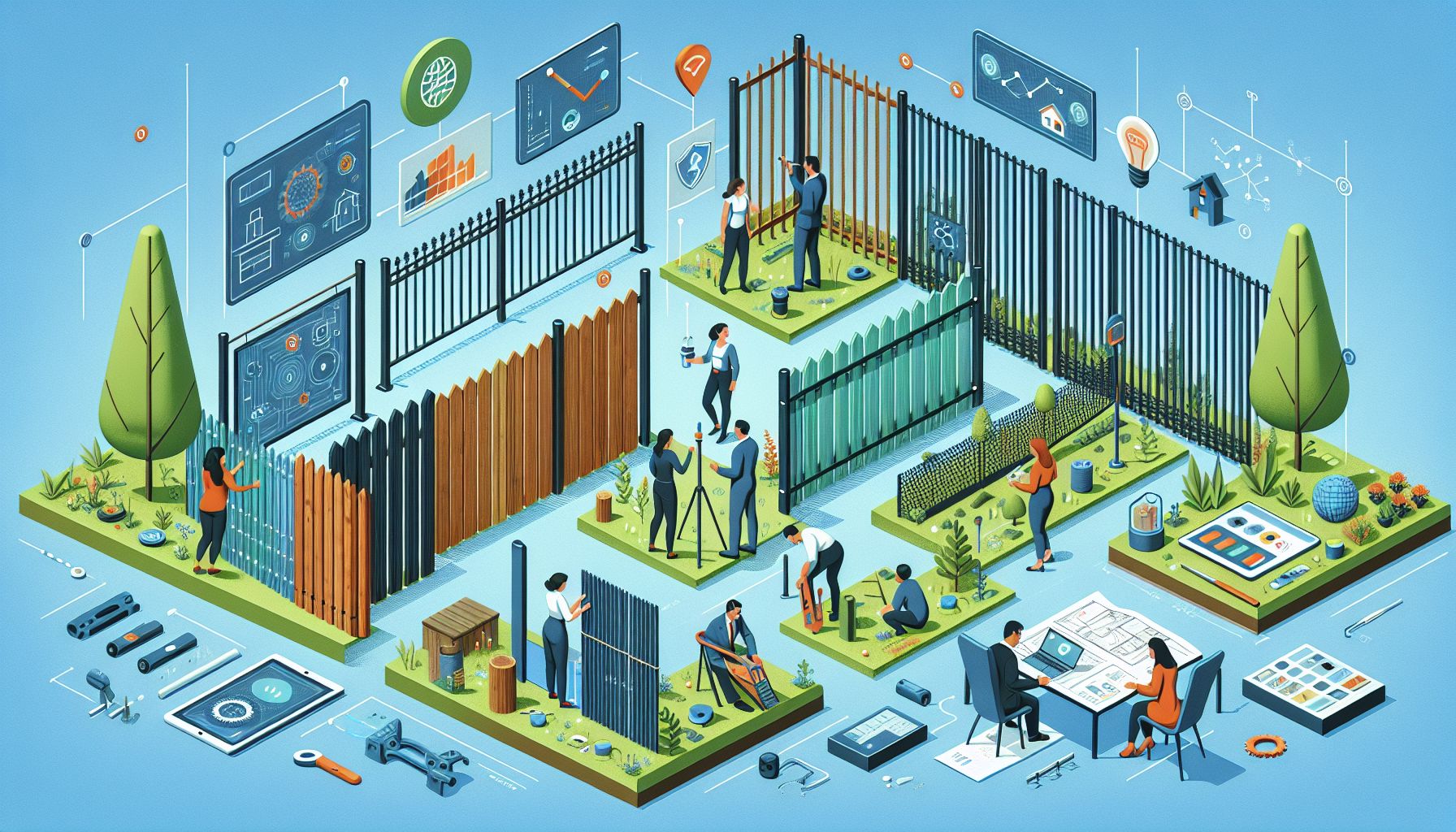Innovations Driving the Future of the Fencing Industry
In recent years, the fencing industry has witnessed a surge in technological advancements and innovative solutions that have transformed the way fences are designed, installed, and maintained. From the integration of smart technology to the use of sustainable materials, these developments are reshaping the landscape of the fencing sector and paving the way for a more efficient, sustainable, and secure future.
Smart Fencing Solutions
One of the most notable innovations in the fencing industry is the advent of smart fencing solutions. These cutting-edge systems leverage sensors, cameras, and automation technology to provide real-time monitoring, alert notifications, and remote access control. Smart fences can detect intruders, monitor environmental conditions, and integrate with other security systems to create a comprehensive security ecosystem. This technology not only enhances the security of properties but also improves operational efficiency and reduces human error.
Sustainable Materials and Practices
Another significant trend in the fencing industry is the shift towards sustainable materials and practices. As environmental awareness grows, consumers are increasingly demanding eco-friendly fencing options that minimize the impact on the environment. Companies are responding to this demand by developing fences made from recycled materials, using sustainable manufacturing processes, and adopting practices that reduce waste and carbon footprint. By embracing sustainability, the fencing industry is not only reducing its environmental impact but also appealing to a growing market of eco-conscious consumers.
Modular and Prefabricated Fencing Systems
Modular and prefabricated fencing systems are also gaining popularity in the industry due to their cost-effectiveness and ease of installation. These systems are designed to be assembled quickly and efficiently, saving time and labor costs for both manufacturers and consumers. Additionally, modular fencing allows for easy customization, enabling customers to choose from a variety of styles, colors, and heights to suit their specific needs. With the rise of modular and prefabricated solutions, the fencing industry is becoming more accessible and adaptable to a wide range of projects and budgets.
Automated Maintenance and Repair
Advancements in automation technology have revolutionized the way fences are maintained and repaired. Automated systems can schedule routine maintenance tasks, detect potential issues before they escalate, and even perform minor repairs without human intervention. This not only extends the lifespan of fences but also reduces maintenance costs and downtime for property owners. By leveraging automation for maintenance and repair, the fencing industry is streamlining processes and improving overall service quality for customers.
Conclusion
As the fencing industry continues to evolve, driven by innovation and technological advancements, the future looks bright for businesses and consumers alike. Smart fencing solutions, sustainable materials, modular systems, and automated maintenance practices are just a few examples of the exciting developments shaping the sector. By staying at the forefront of these trends and embracing change, companies in the fencing industry can position themselves for success in a rapidly changing market. The future of fencing is indeed promising, with endless possibilities for growth, efficiency, and sustainability.

